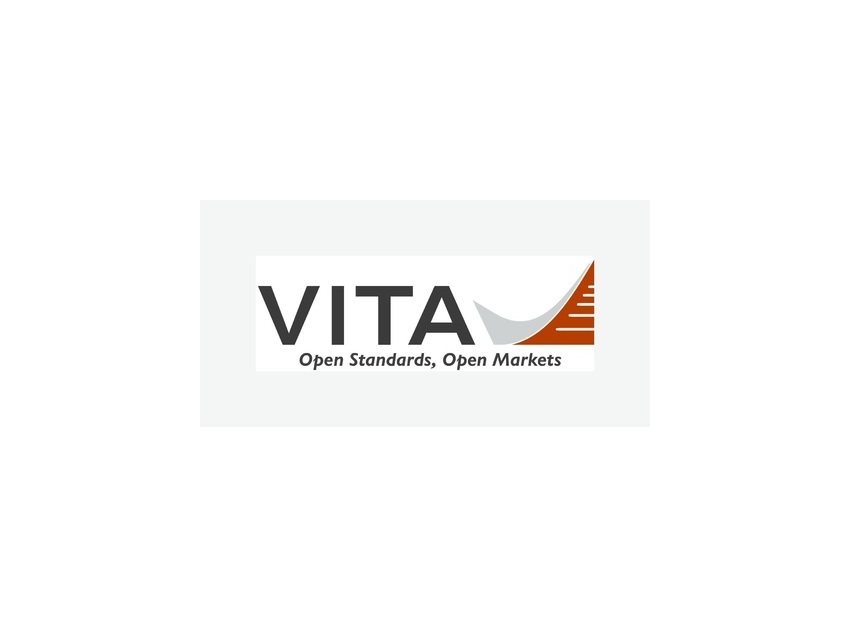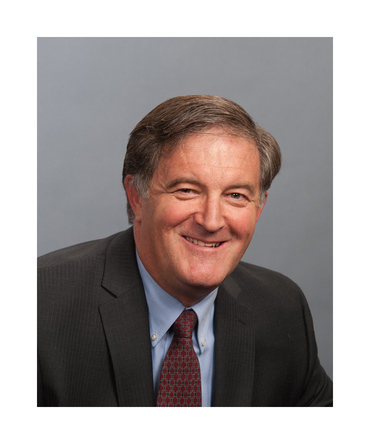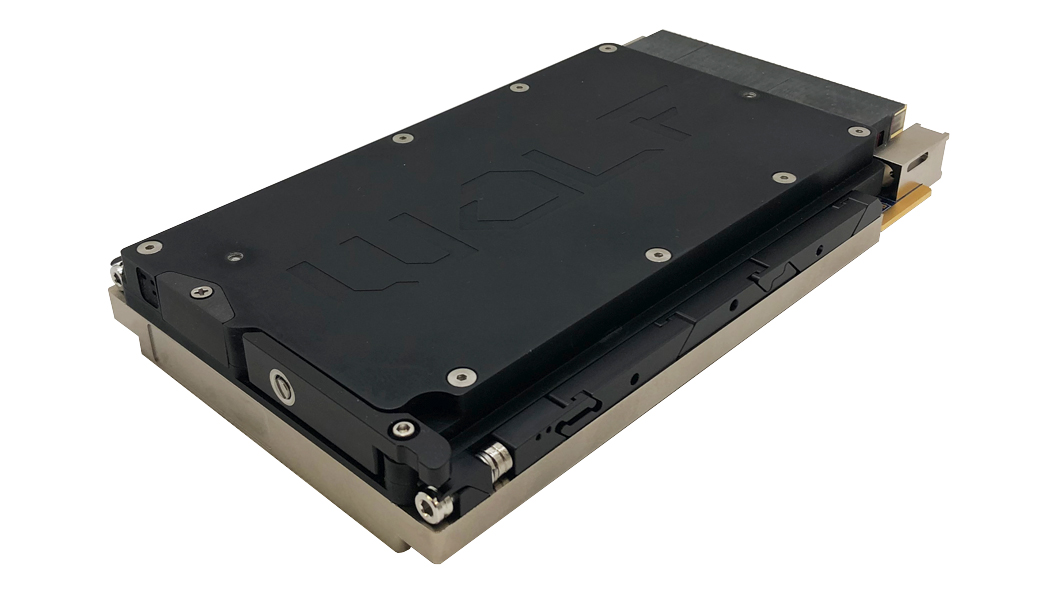The Flying Helicopter Simulator (FHS) is an advanced airborne testbed funded by the German Ministry of Defense, the German Aerospace Centre (DLR), and industry (Figure 1). It validates key technologies for future generations of helicopters for 24-hour flight operation and all-weather conditions. It enables in-flight evaluation of new embedded control technologies, cockpit designs, and man-machine interfaces in a real environment with the pilot in the loop. It is based on the widely deployed Eurocopter EC135, refitted with fly-by-light (as opposed to fly-by-wire) technology, smart actuators, high-speed processors, state-of-the-art sensors, and advanced, programmable display systems. The FHS was the first helicopter in the world with this type of flight control system.
The precursor of FHS was successfully used in many national and international cooperation programs. The development of the Helicopter Simulator for Technology, Operations and Research (HESTOR), formerly Active Control Technology demonstrator/Flying Helicopter Simulator (ACT/FHS), was initiated in 1995.
The fully digital FHS flight control system is subdivided into two areas. The core area Control Signal Processing Computer (CSPC) has four lanes in each primary control axis, two pilot stations, a cockpit interface computer, and integrated actuator control electronics. The experimental area includes computers, sensors, a data-recording and telemetry system, and a workstation for a flight test engineer. The fly-by-light control system consists of a quadruple redundant bespoke computer that meets the stringent safety criteria of the European aviation authorities.
Conventionally, helicopters are controlled via mechanical control rods. Electrical flight control (fly-by-wire) was incorporated in the Eurocopter NH90, the first production helicopter worldwide with a fly-by-wire system in regular service in 2004. FHS’s fly-by-light control system was a groundbreaking design, transferring control signals between the controls, the flight management computer, and the rotor blade control actuators via fiber-optic cables. The advantages over electrical data transfer are fiber’s high-transmission bandwidth, high reliability and low weight. On January 28, 2002, the first FHS aircraft worldwide featuring a series-production-capable primary flight control system via optical fibers (fly-by-light) successfully completed its maiden flight at Eurocopter Germany’s facility near Munich. The FHS is operated by DLR and will serve as a technology testbed until about 2020.
The FHS features a large freely configurable display on the right-hand side for the test pilot, and conventional glass-cockpit instruments on the left-hand side for the safety pilot. This permits testing of new control laws, flight-guidance, and display concepts under realistic flight conditions without risk. An onboard embedded computer system enables simulation of the flight characteristics of other – real or virtual – aircraft (Figure 2).
The American Institute of Aeronautics and Astronautics’ (AIAA’s) Fellow Peter Hamel, the former head of the DLR, has been responsible for the development of four airborne simulator systems with fly-by-wire or fly-by-light technology. He received many international awards, including the von-Karman-Medal of NATO and the Alexander-Klemin Award of the American Helicopter Society (AHS). Hamel received a master’s degree from MIT.
For more info, contact Hermann at [email protected].






